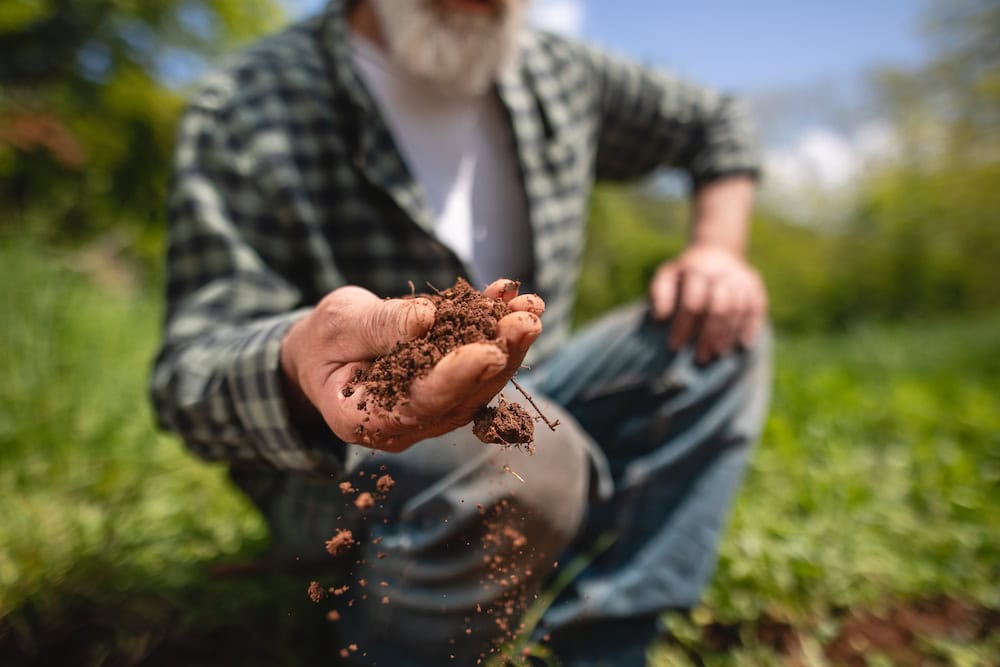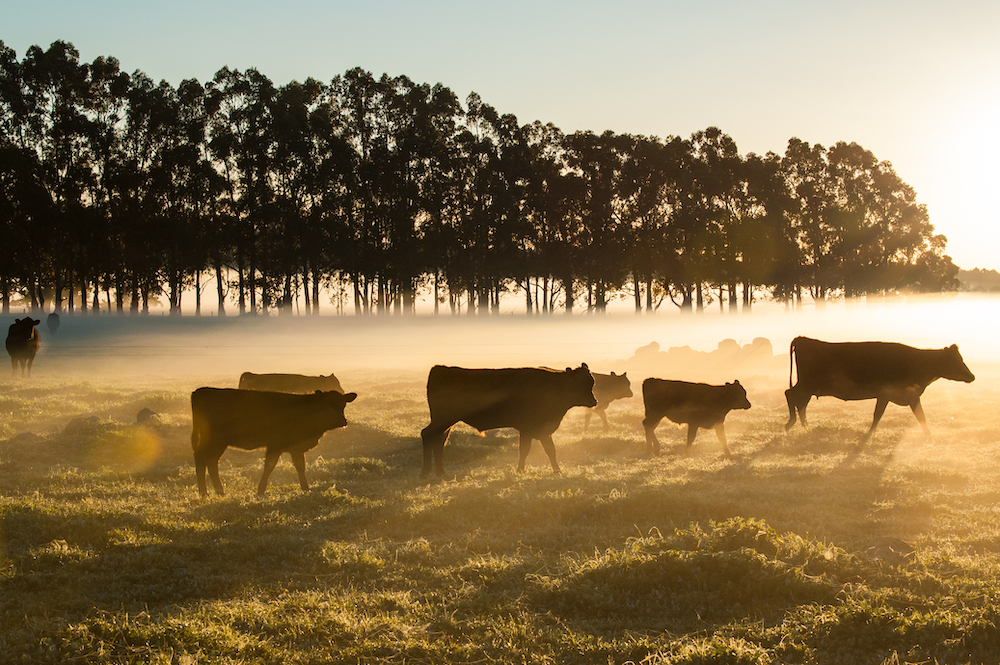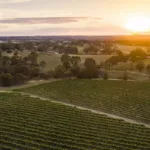Handed down on Tuesday, the first State Budget from Labor in more than a decade…
NSW State Budget 2024�

State Treasurer Daniel Mookhey has handed down a budget full of red ink, with years of deficits ahead. But it wasn�t a classic slash-and-burn austerity budget either, with funding for road repair and biosecurity efforts.
The key takeaway for agriculture was a surge in road repair and biosecurity action, which were top priorities for NSW Farmers members. In addition, the increase in expenditure on projects and capital works in the Department of Regional NSW and Local Land Services was positive, and were expected to help support productivity gains in agriculture. However, the lack of attention to workforce skills and attraction, and land use issues inflamed by the accelerated rollout of renewable energy zones that were impacting farmers, was disappointing.

Budget analysis
Transport
Regional roads were a major winner in the budget, with $3.3 billion earmarked for repairing local and state roads that have been damaged by major floods. In addition, a $282.7 million Regional Roads and Transport Recovery Package will help to cover some of the funding shortfalls that plagued local roads since the most recent floods across the state. Despite the scale of the repair funding however, it wasn�t quite the sustained increase in the base Road Block Funding that NSW Farmers asked for that would have helped avoid a repeat in the future.
Unfortunately, Fixing Country Rail projects actually decreased in funding this financial year, with only $18.6 million in works planned, compared to $59.9 million in the previous year.
Biosecurity
Biosecurity funding was also a big winner in the budget with $945.7 million earmarked for a range of measures, including $25 million for the Biosecurity Laboratory Defence for science, surveillance and prevention, $55.3 million for Red Imported Fire Ant and $13.2 million for Feral Pig Control. While the amount earmarked for feral pigs wasn�t the $20 million per year requested by NSW Farmers, the large pool of funding set aside for Biosecurity leaves the door open for a ramped-up effort.
Productivity
There were scant details in the budget to confirm if the Department of Primary Industries� budget was being maintained, including the Young Farmer Business Program. However, the funding for Department of Regional NSW (DPI�s parent organisation) projects increased substantially from $85.1 million to $127.4 million, including a $4.8 million upgrade to the Orange Agricultural Institute, and a $2.9 million upgrade for the Soil Conservation Fleet. Local Land Services expenditure also increased by 12 per cent to $292.7 million from the last financial year.

Workforce
While the AgSkilled program was not mentioned in the Budget, overall funding for Smart and Skilled was maintained at $95 million, which made it a key area to watch. Likewise, while there was a focus on regional workforce recruitment for health workers in the budget ($200m for housing for key workers), there was nothing to alleviate labour force concerns for agriculture.
Land Use
The NSW Farmers submission on land use focused specifically on the issues around renewable energy zones, and the associated community and economic impacts. However, while the budget did identify $3.1 billion over four years for the Transmission Acceleration Facility to help fund energy infrastructure projects faster than ever, there was nothing to assist with the impacts that such an acceleration may inevitably have on the agricultural landscape.








